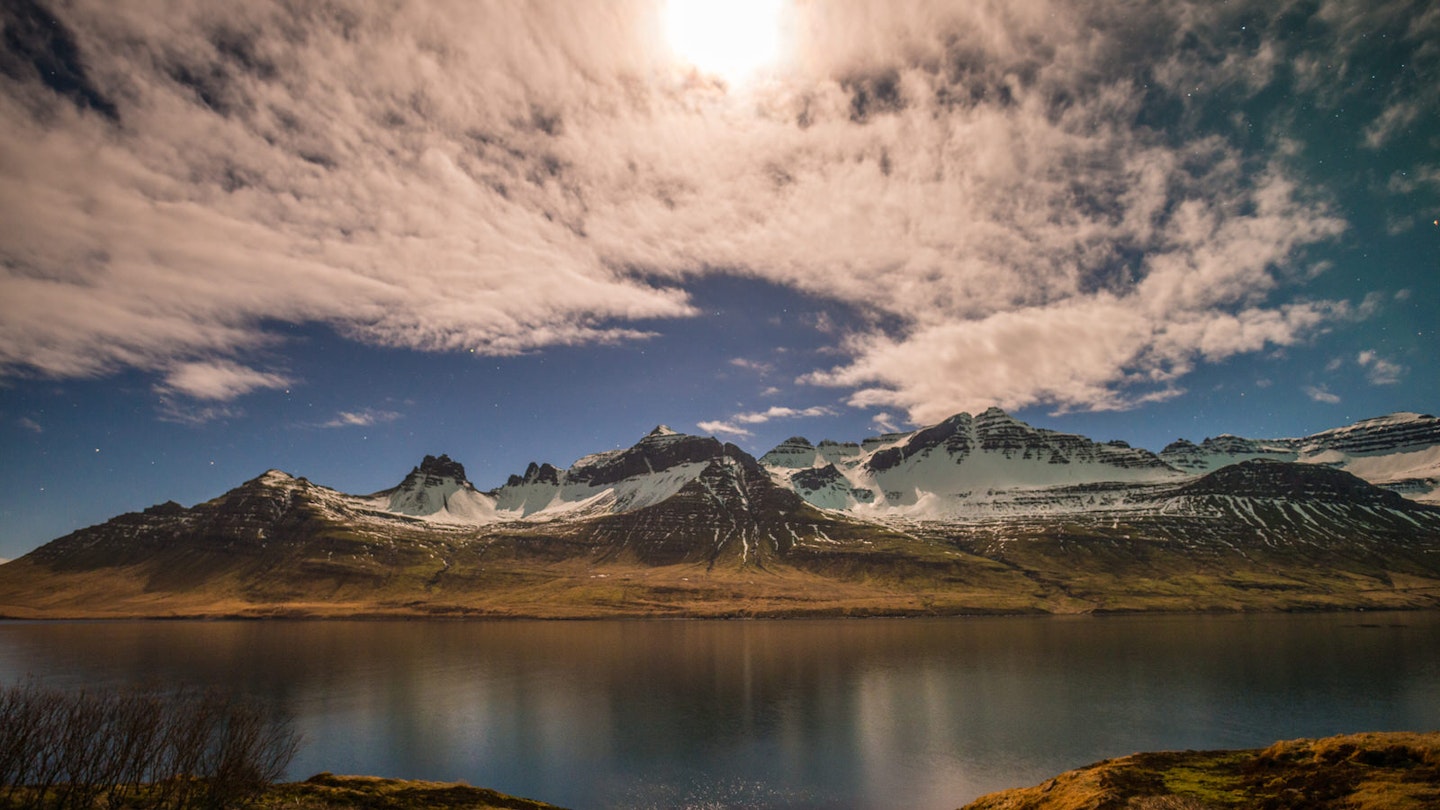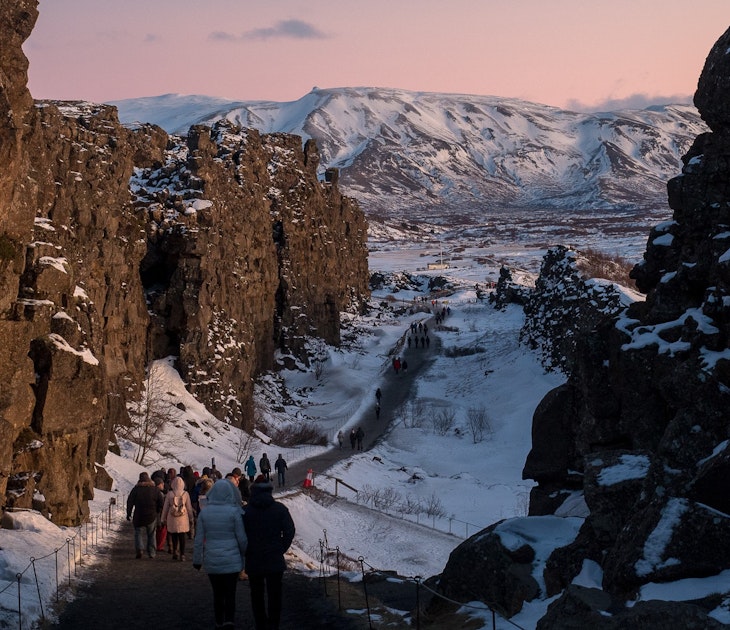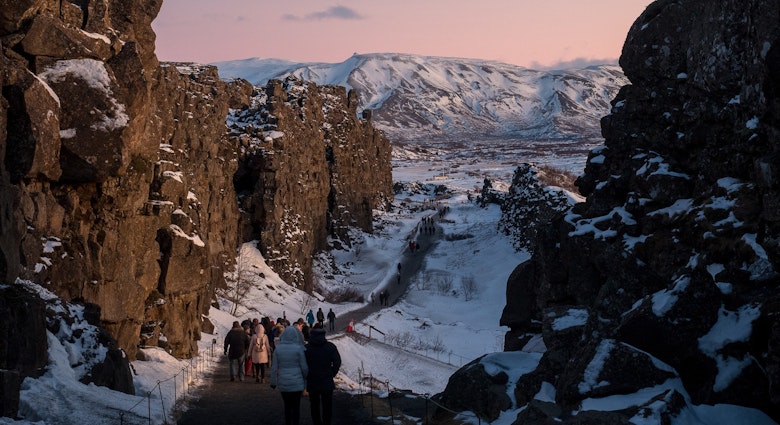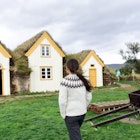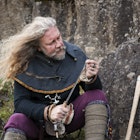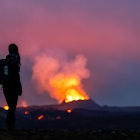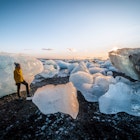Iceland, a sparsely populated island with the North Atlantic all around it and magma bubbling through its crust, is a wild and remote place. That hasn’t stopped tourists flocking to pint-sized Reykjavík or the natural wonders of the Golden Circle.
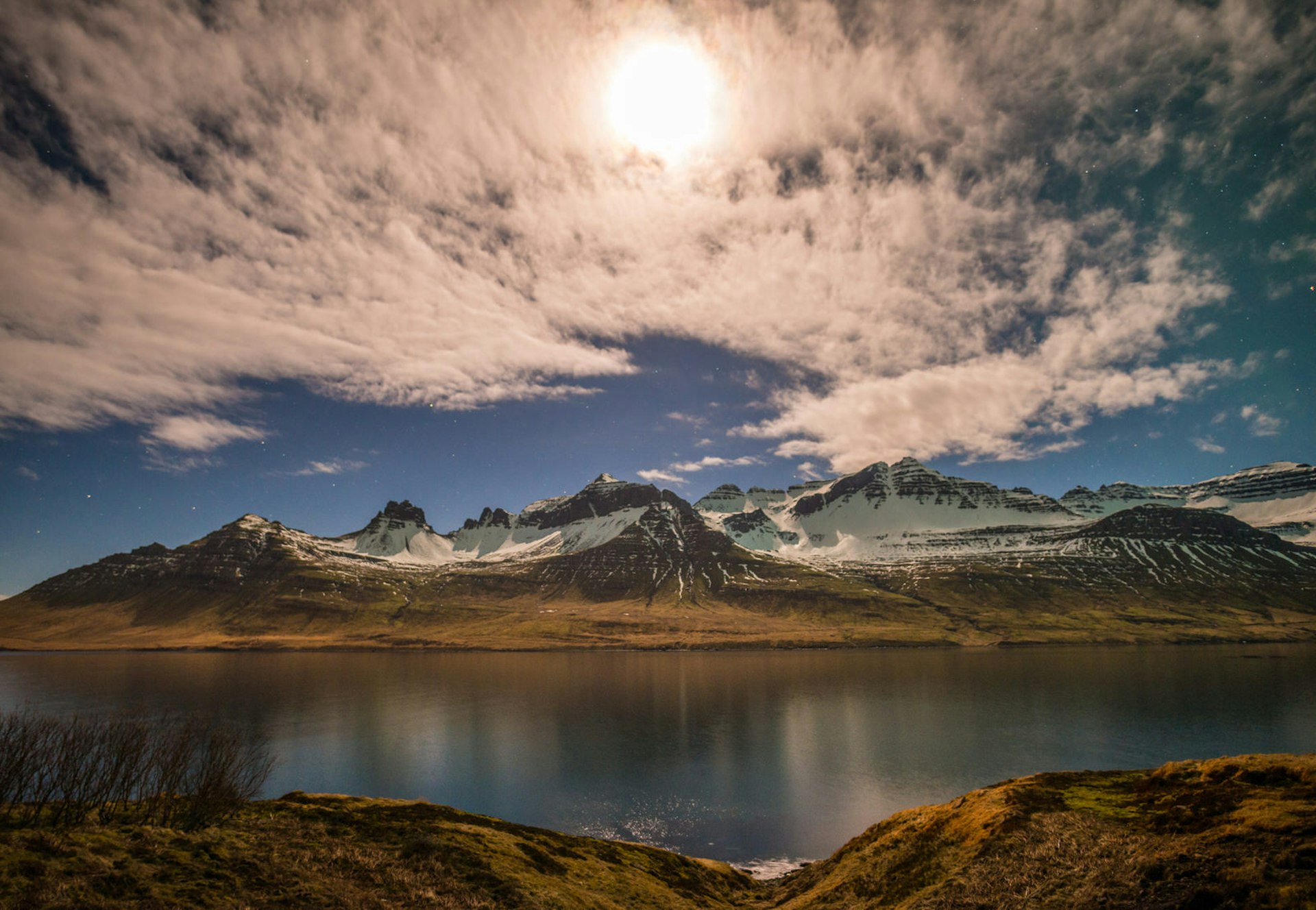
The east of the country, hemmed between the inaccessible Highlands and the ocean, feels off even this beaten track. There are stunning landscapes and quirky towns to explore here, and driving along the chiselled fjords is worth the trip alone. The feeling of serenity you get from just being in this faraway corner of a remote island, meanwhile, is utterly precious.
Monsters, sagas and Iceland’s biggest forest
Egilsstaðir is many travellers’ first stop in the east, thanks to its airport. It’s functional rather than thrilling, with numerous accommodation options and several tour and car hire companies.
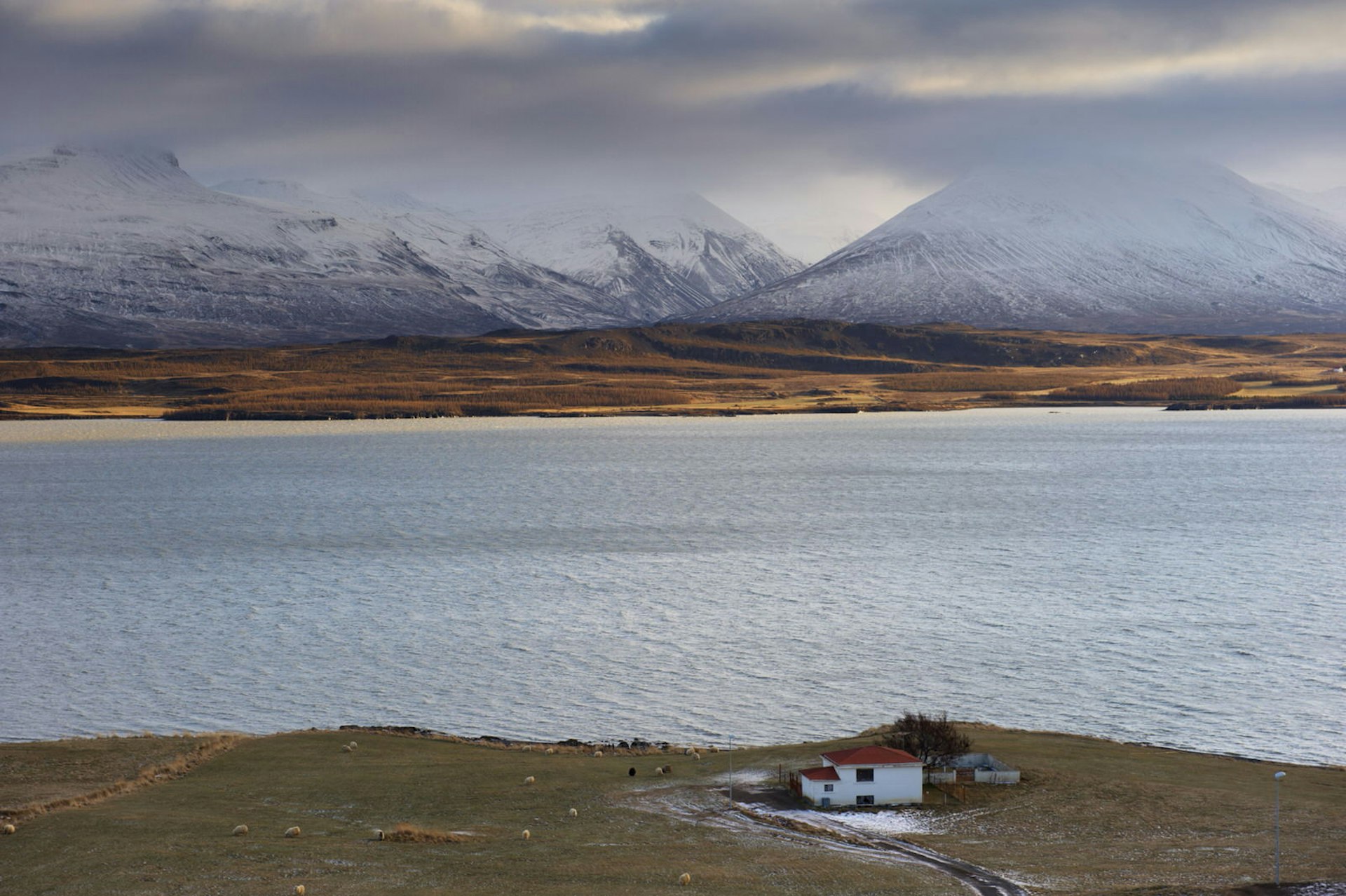
Just outside town, things get more interesting. To the south stretches Lagarfljót, a long, narrow lake with appealing views and a legendary monster – the worm Lagarfljótsormur has allegedly inhabited its chilly waters since Viking times, and starred in a wobbly video (youtube.com) in 2012.
The lake’s eastern shore is home to Iceland’s biggest forest, Hallormsstaðaskógur. It’s pretty small by the standards of most countries, but in Icelandic terms it’s an arboreal oasis – the country’s scant woodland was decimated by the Vikings. Camping and boat hire are also available here.
The road to the Eastfjords
To the east, a handful of roads snake their way through valleys and over ridges to the coast and the Eastfjords. The reindeer you'll see here and elsewhere in the east look thoroughly at home, but were only introduced by the Norwegians in the eighteenth century. The landscape becomes increasingly hypnotic as the bays and headlands of the coast come into view, the ocean stretching out beyond to Norway and the Arctic.

The scenery is brought to life not just by the reindeer and bird life (the eider ducks, pottering along the edges of the vast fjords, are particularly appealing), but by a rich tapestry of myths and sagas. Many Icelandic outlaws fled into the inhospitable interior, giving birth to tales of bloody feuds in the hills, while ogres, trolls and elves compete for your attention in tales your hosts will tell with relish. Some seem more than half-believed, and all underline that the world is a strange and dangerous place.
Local culture and hilltop hikes in Seyðisfjörður
Egilsstaðir isn’t the only international route into East Iceland: Symril Line’s ferry (smyrilline.com) connecting Iceland with Denmark and the Faroes docks in Seyðisfjörður. This likeable town, reached along route 93, was once a major port for herring, and its unique, multicoloured timber houses were built by merchants. It recently starred in the popular Icelandic crime drama Trapped.
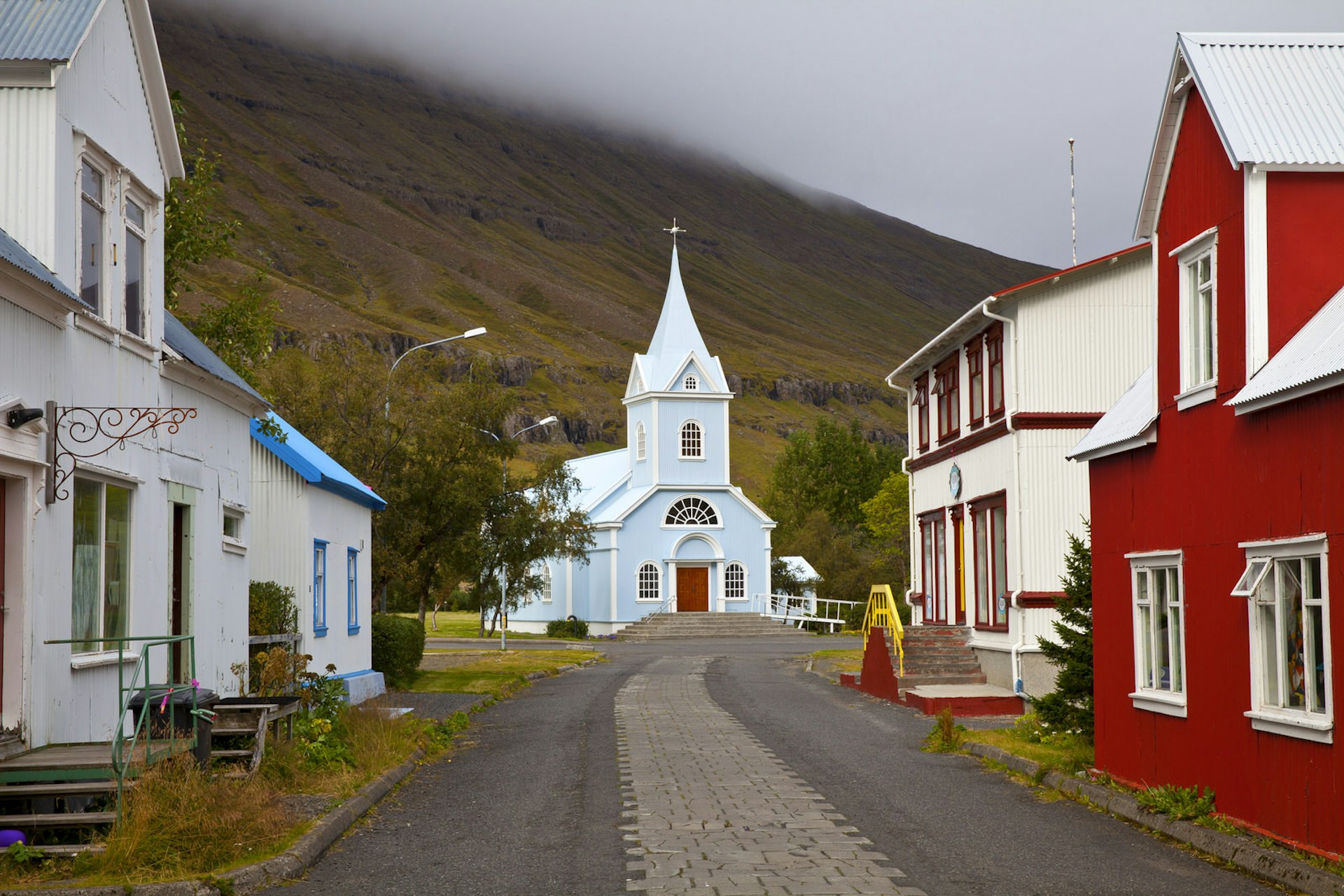
Artists have taken over some of the buildings, and it's a good place to browse arts and handicrafts. The cultural theme continues with Blaa Kirkjan (the Blue Church), which hosts live music on Wednesday nights in summer. Hikers can explore waterfalls and a frozen lake in the hills around, and there's mountain biking and kayaking available via Hlynur Oddsson.
A fish factory and hilltop yoga

Driving southeast along route 92, you pass sights showing how Iceland has diversified. In Reyðarfjörður, relative prosperity has come via TV series Fortitude (which has surreally dotted the town’s streets with fake shopfronts and signposts in Norwegian) and an aluminium-smelting plant. Further down the coast, tiny Stöðvarfjörður was hit hard by shifts in the fishing industry, but resourceful, creative locals have refashioned its deceptively cavernous Fish Factory (facebook.com) as a home for artists, with a recording studio under construction.
Peaceful Breiðdalsvík, meanwhile, is home to Tinna Adventure, which offers would-be explorers the chance to dive even deeper into the east. Trips go into the hills to see waterfalls and out to sea for puffin-spotting and angling. You can even head off on a wilderness yoga session: working with your body and breath in the sharp air and beautiful hills above the village is an initially strange but thoroughly uplifting experience.
Slow travel in Djúpivogur
Further south, and set around a deep bay that hosts Iceland’s closest port to Europe, Djúpivogur hasn’t always been tranquil – visitors have included German wool traders and North African pirates. It’s making a virtue of the fact that things are quieter now and was recently awarded Slow City status – you won’t see an advert in town. It’s a peaceful base, with a classy restaurant (inside Hotel Framtid) and an inventive shop, Arfleifð (arfleifd.is), that sells clothes and accessories made with local materials, from cod skin and lamb leather to reindeer pelts.
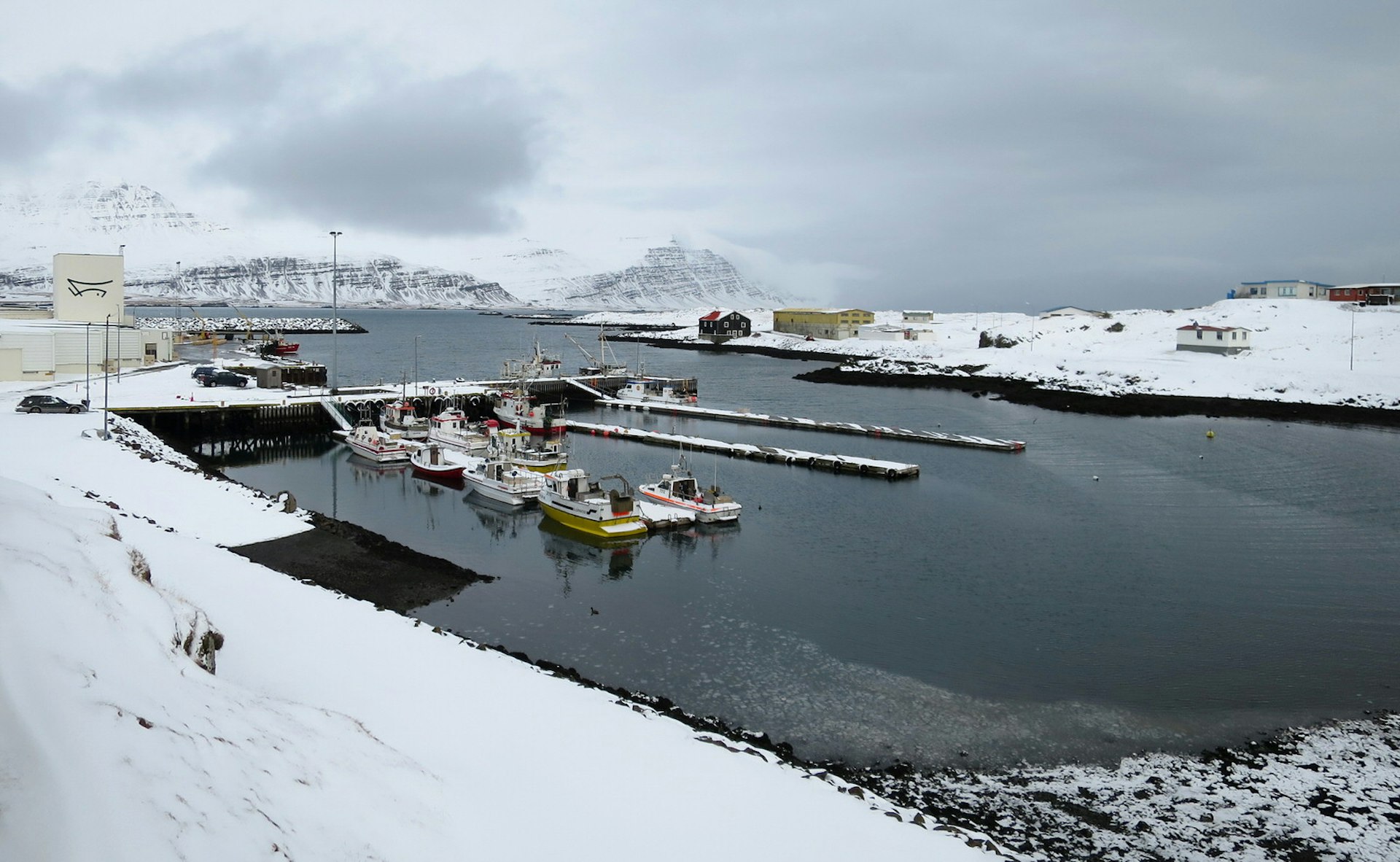
Outside town, the sights are even more compelling: vast, wind-whipped black-sand beaches stretch along the coast, while boat tours to Papey Island take in puffins, seals, elves and a lighthouse.
Towards the Highlands
Taking a flight from Reykjavík to East Iceland gives a birds’ eye view of the Highlands – a great stretch of hills, bogs, moorland, river and icy peaks that covers the whole of the country’s interior.
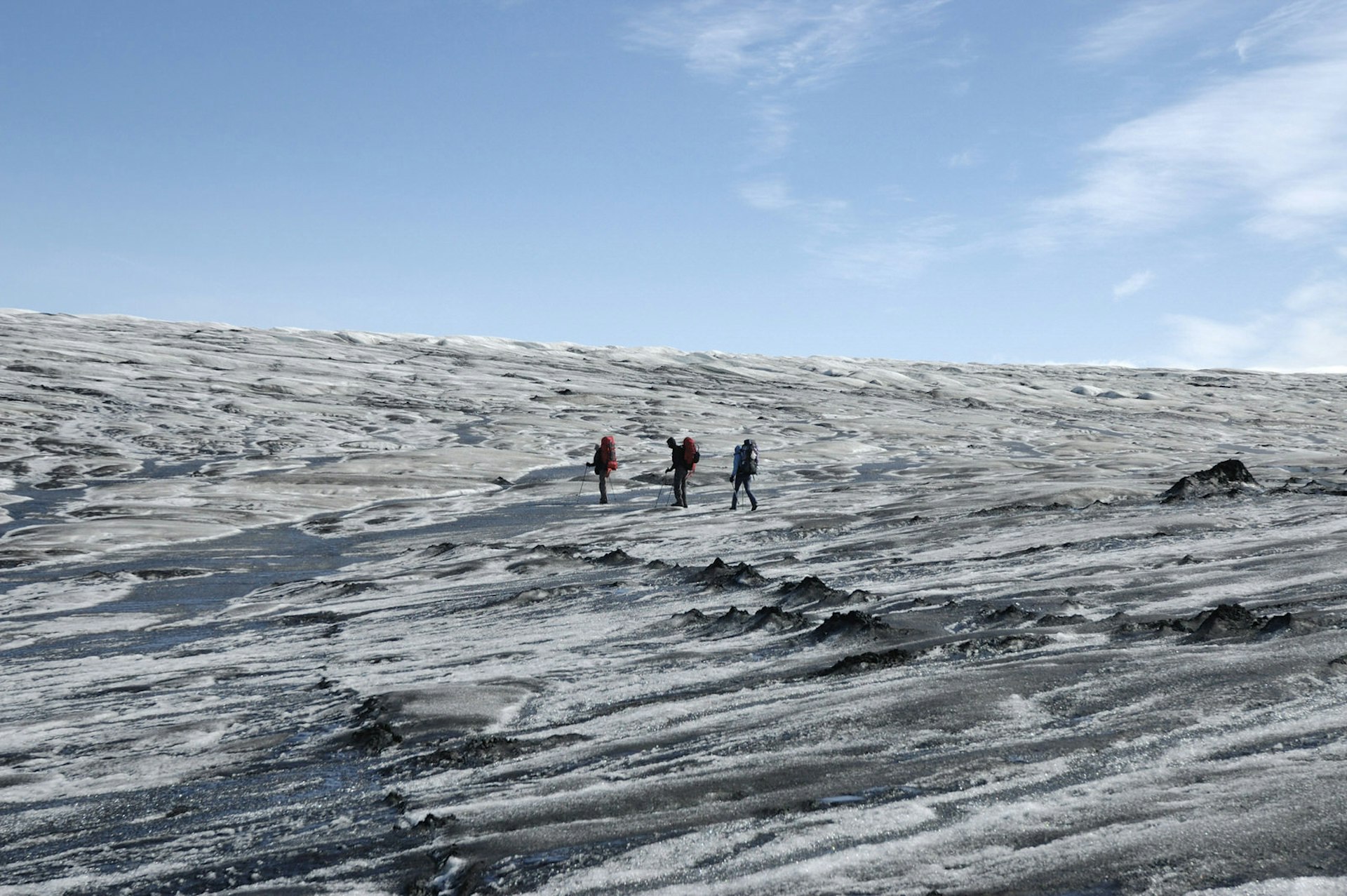
The east offers a route in – driving down highway 931 from Egilsstaðir past Lagarfljót takes you past Iceland’s second-highest waterfall, Hengifoss, a cascade against the sky. To head up the valleys towards this vast plateau is to explore one of the world’s last great wildernesses. It’s accessible via tours, summer buses or car (you'll need a high-clearance 4WD – and to be well prepared). Alternatively, the Wilderness Center (wilderness.is) is a great year-round base, with rooms including a beautifully restored dormitory straight out of a classic children’s tale, horse-riding tours, hikes, a ropeway to an abandoned farm and a playful, ambitious exhibition on the Highlands.
As so often in Iceland, half the fun comes not from the activities but from the moments when the landscape’s spell takes you by surprise: the stars shining bright in the flinty night, snowy peaks stretching far into the distance, and your breath, warm and loud above the chill.
Need to know
It’ll take you around eight hours to drive from Reykjavík to the east. Many visitors visit as part of a Ring Road trip, circumnavigating the country over the course of a week.
Flights between Reykjavík and Egilsstaðir take around an hour, while direct flights from London Gatwick are new for 2016, and run in July and August.
Buses connect most towns in summer, although services aren't frequent.

There's some accommodation in every town, although places get booked up fast in summer. Good options include Egilsstaðir Guesthouse, on the shores of Lagarfljót, which has a wonderful, locally sourced menu. Hótel Aldan is an atmospheric base in Seyðisfjörður, while the Berunes Hostel, across the fjord from Djúpivogur, has stunning views. The Wilderness Center is a good base for those wanting to explore the Highlands.
Your exploration of eastern Iceland needn't stop here: from these towns you can head north to Borgarfjörður Eystri, which offers great hiking, or south to the famous Jökulsárlón lagoon.
James travelled to Iceland with support from Visit Iceland (visiticeland.com). Lonely Planet contributors do not accept freebies in exchange for positive coverage.

